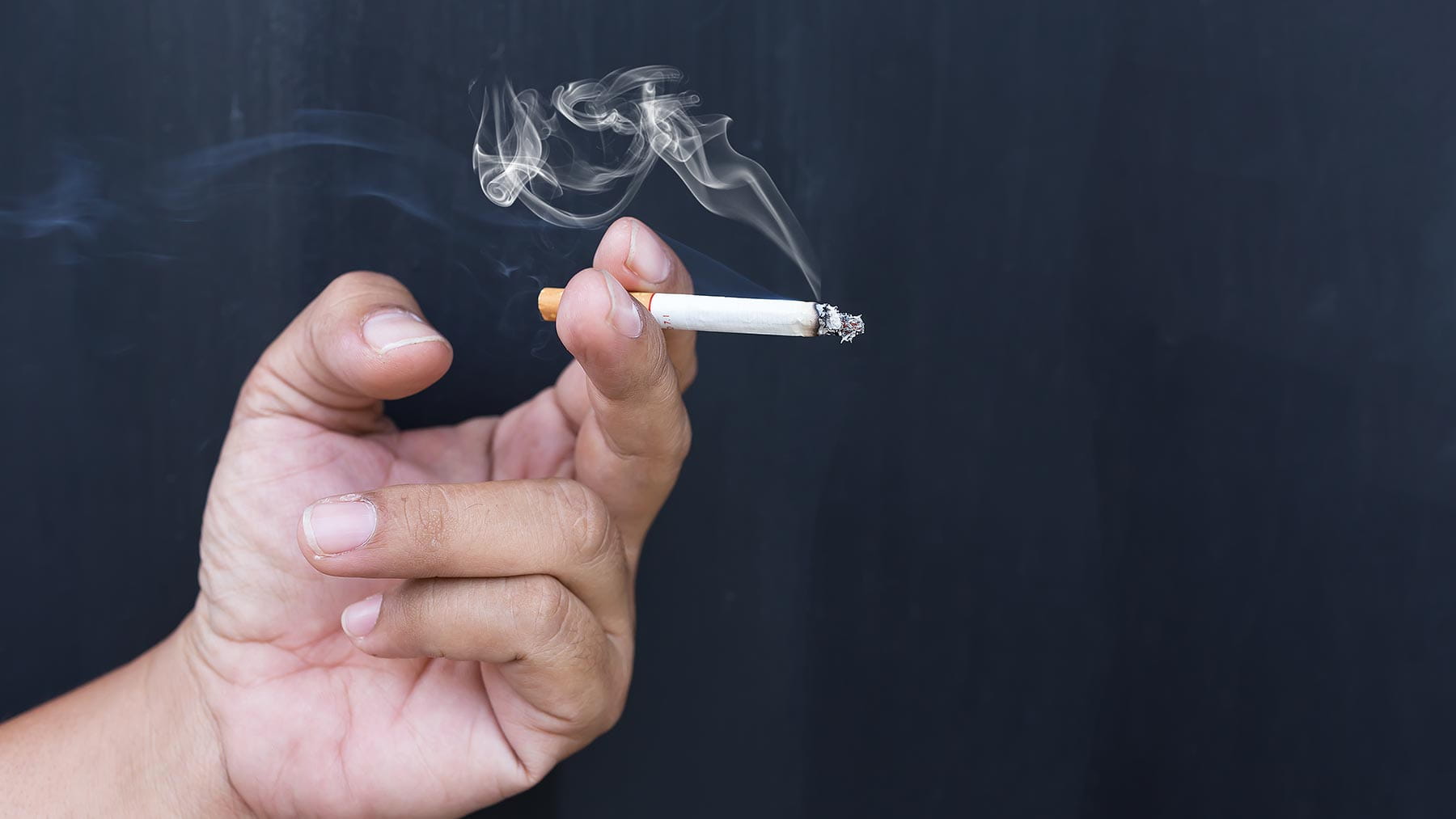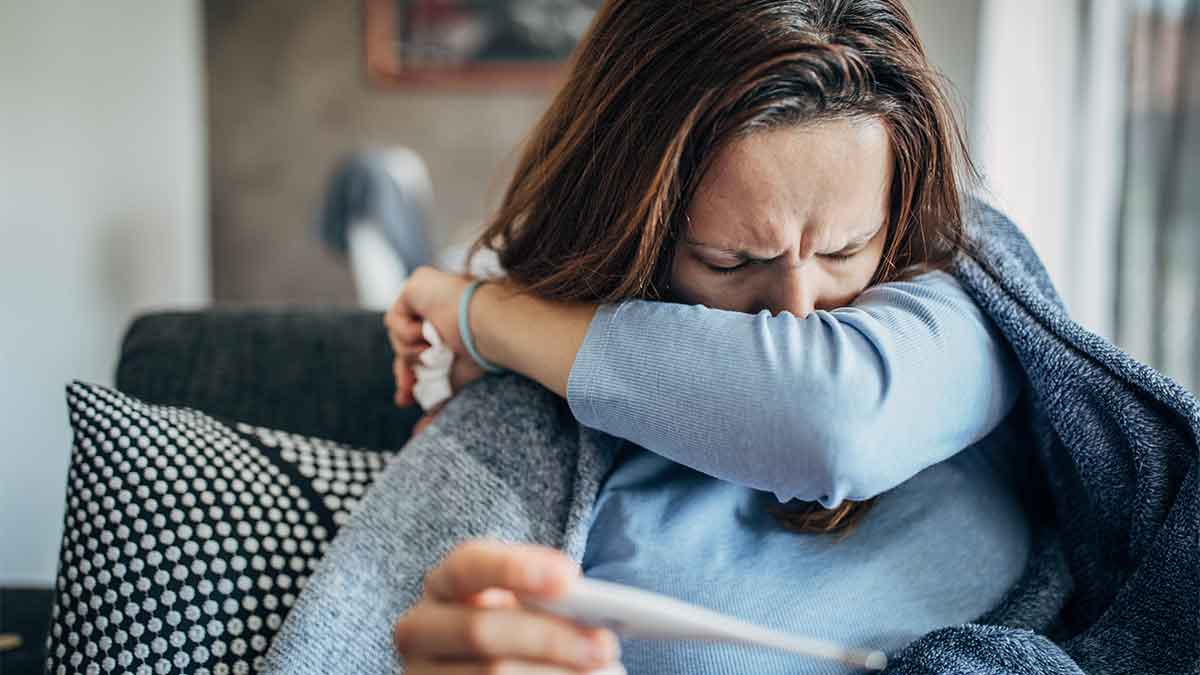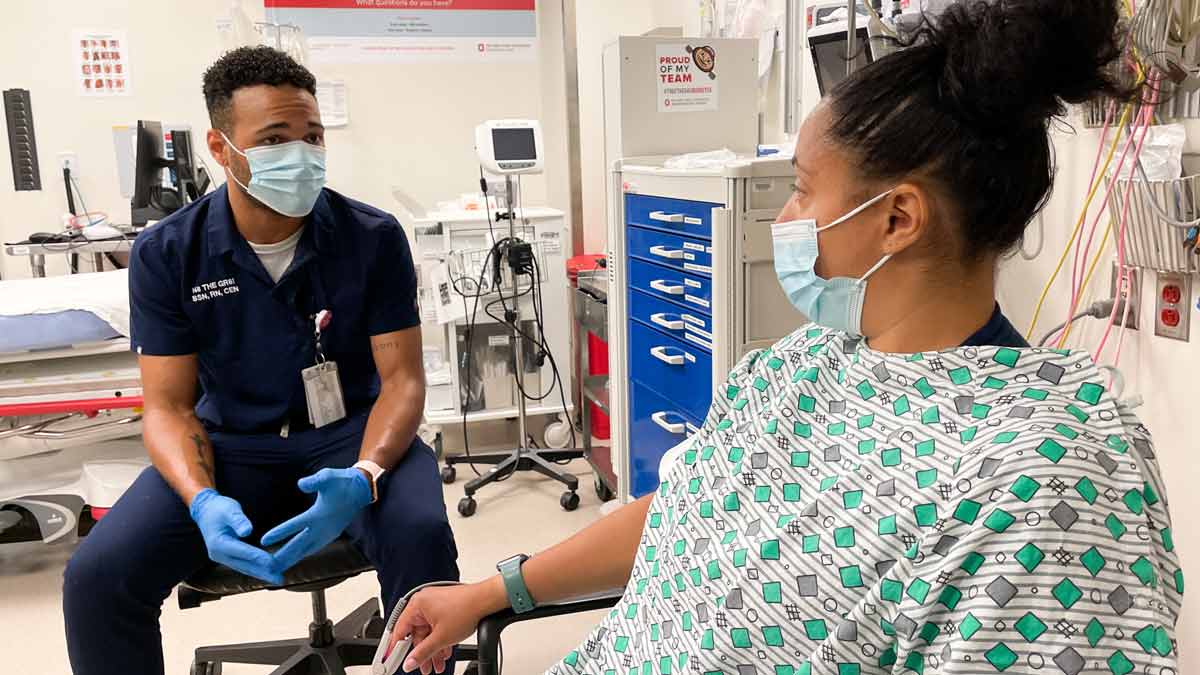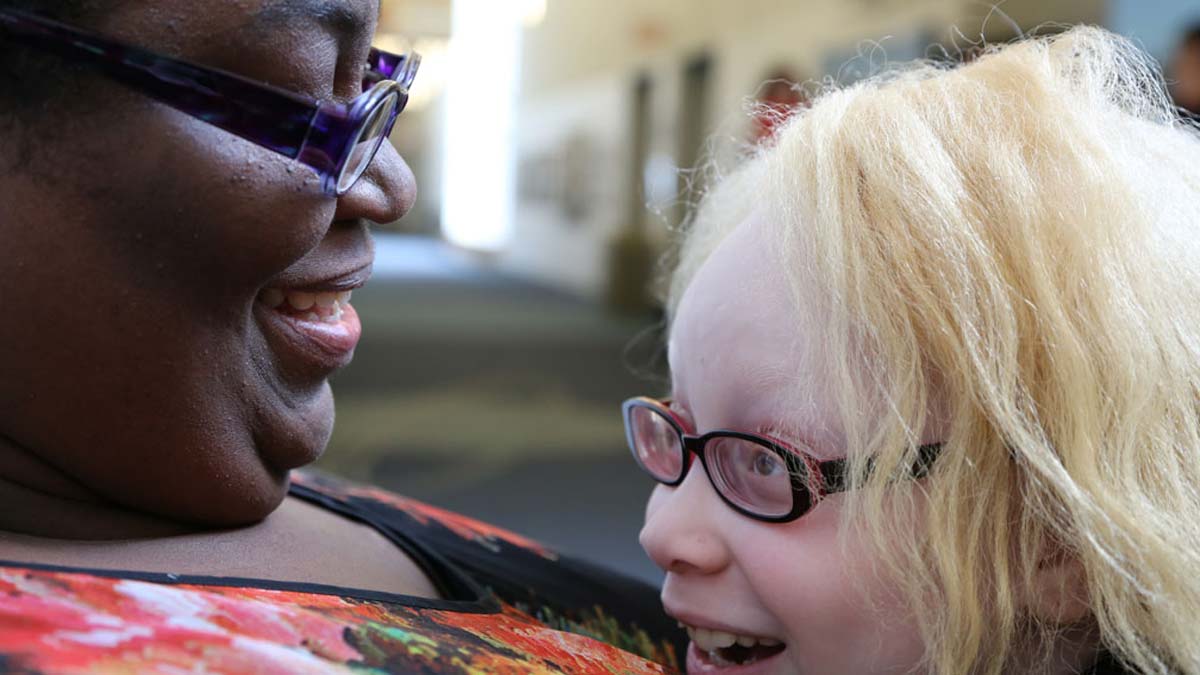Thirdhand smoke could hurt the kids in your life

Now there’s one more reason to consider kicking the habit – protecting your loved ones from the dangers of thirdhand smoke.
We’re pretty familiar with secondhand smoke – the smoke that lingers in the air that other people inhale. Thirdhand smoke is the tobacco smoke residual that settles on surfaces, clothing and hair.
There’s a growing body of research that shows tobacco smoke residue builds up on carpet, furniture, toys, stuffed animals and more, putting people at risk of ingesting it weeks, months or even years later.
Anyone may breathe it in if the tobacco smoke residual on surfaces is blown into the air. But the biggest concern is for young children who crawl around on the floor and put things in their hands and mouths – they’re ingesting the toxins known to cause cancer.
There are a number of ways to protect those around you from the dangers of thirdhand smoke:
1. Quit smoking
Ultimately, we want everybody to quit smoking because that totally eliminates the risk. If you’re ready to quit, I always tell folks to make a list of why you want to quit and what’s good about quitting and what’s bad about quitting. Start a log of when you’re smoking and the circumstances around you at that time to identify habits. Then set a quit date and enlist the support of family, friends and medical professionals. The Tobacco Dependency Clinic at The Ohio State University Wexner Medical Center specializes in helping people quit tobacco. If you don’t meet that quit date, don’t give up. Most people quit multiple times before they’re successful.
2. Smoke outside
If you’re going to continue to smoke, do it outside away from air intake vents. Smoking in another room, near a fan or an open window doesn’t prevent thirdhand smoke. If you drive children around, don’t smoke in the car. Even if the windows are open, the smoke can settle on the seats and other surfaces.
3. Change clothes and bathe after smoking
When you’ve finished smoking, take a shower, wash your hair and change your clothes to remove the residual thirdhand smoke. You’ll want to wash your clothes, too.
4. Professionally clean your home and car
You can wipe down surfaces with cleaning products on a regular basis, but lingering toxins resist household cleaning. You may need to invest in a professional cleaning service to remove the tobacco smoke residue, as it can stain surfaces, floors and walls.
5. Look for smoke-free childcare centers and housing to limit exposure
Thirdhand smoke can cause hotel rooms, apartments and houses to smell like smoke long after the smoking has gone on. In multi-unit buildings like apartments and condos, smoke can travel from unit to unit through ventilation systems and cracks in the walls and settle on surfaces. To improve the health of residents, public and private multi-unit buildings are becoming smoke-free. In fact, the U.S. Department of Health and Human Development implemented rules making all public housing smoke-free.
When you’re looking for child care, pick a daycare that doesn’t have any smoking on the premises. It’s the best way to protect your children.
Gretchen Whitby is a certified nurse practitioner in the Tobacco Dependency Clinic at The Ohio State University Wexner Medical Center.




